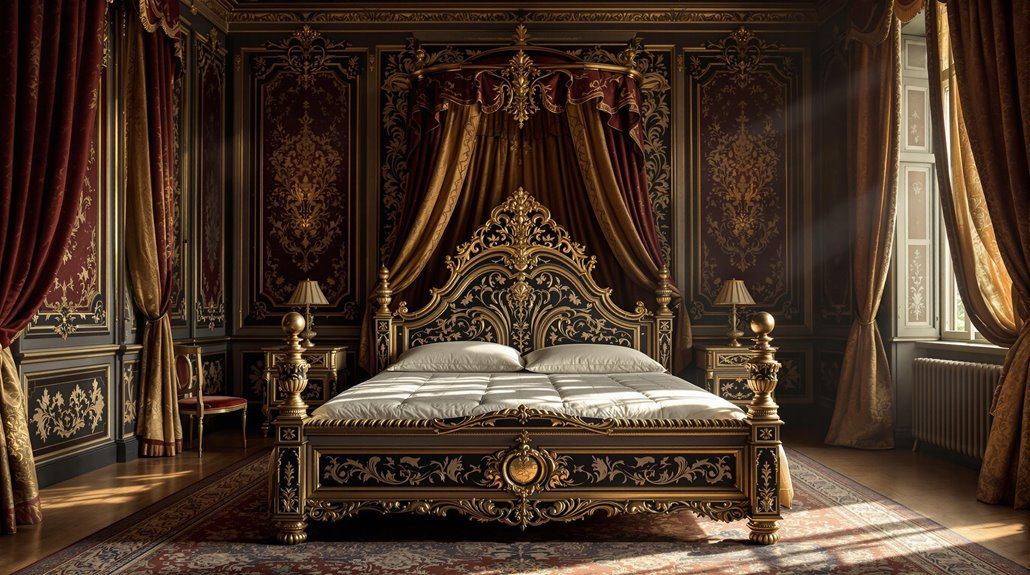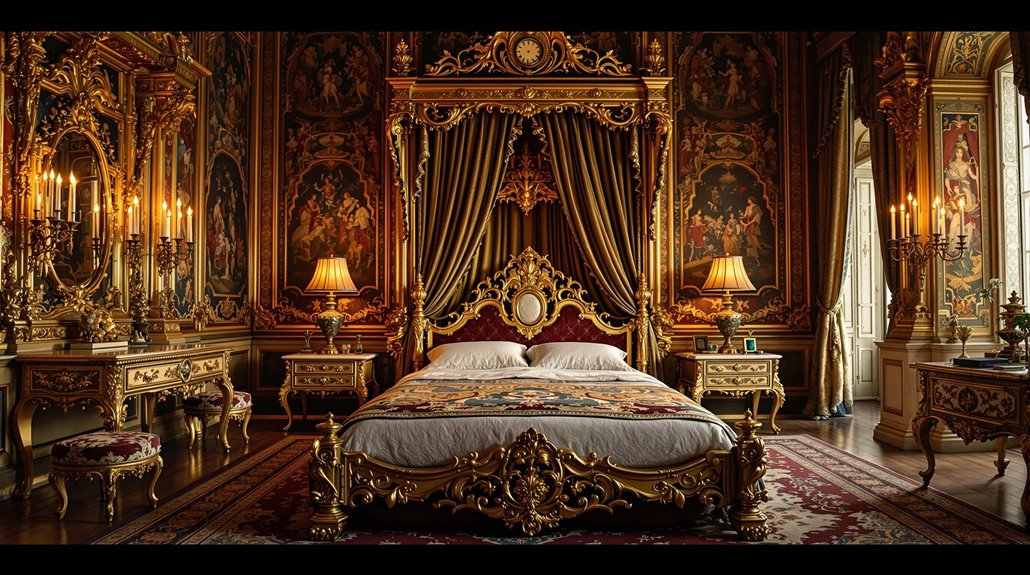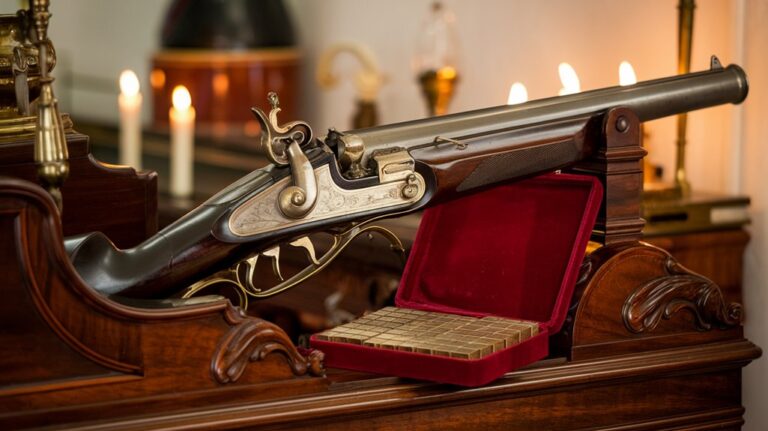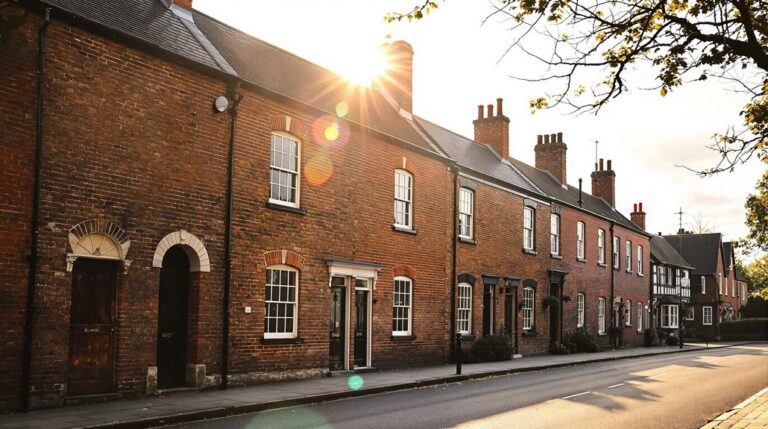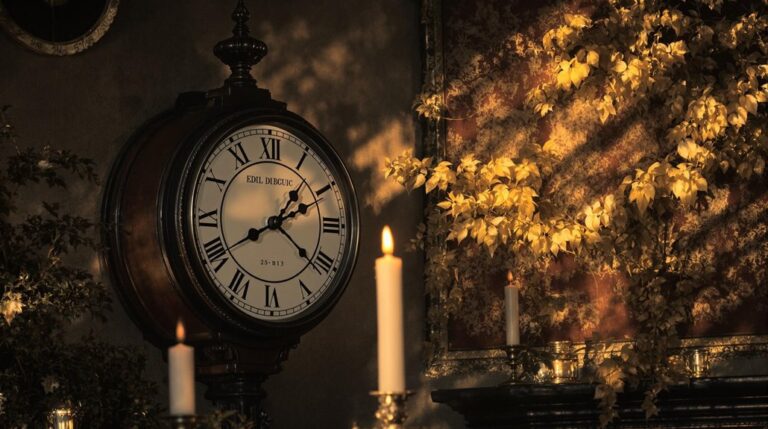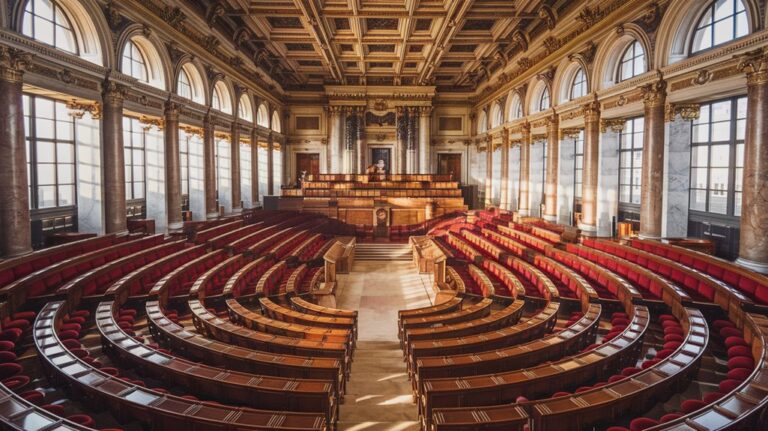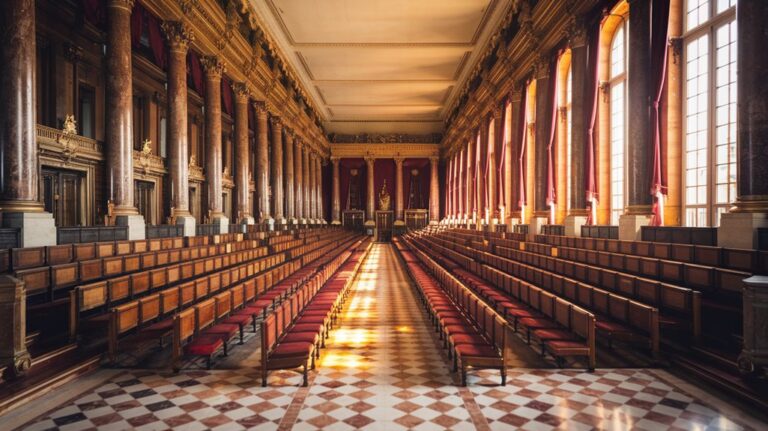King Louis XIV Supposedly Owned 413 Beds
When you consider that the average person today owns just one or two beds, the notion that King Louis XIV possessed 413 of them seems almost unbelievable. Yet, this staggering number reflects more than just the Sun King's flair for excess – it reveals a complex system of power, status, and ceremony in 17th-century France. You'll find that these beds weren't merely places to sleep, but rather stages where the monarch conducted business and displayed his authority in ways that shaped European history.
The Sun King's Obsession With Royal Beds
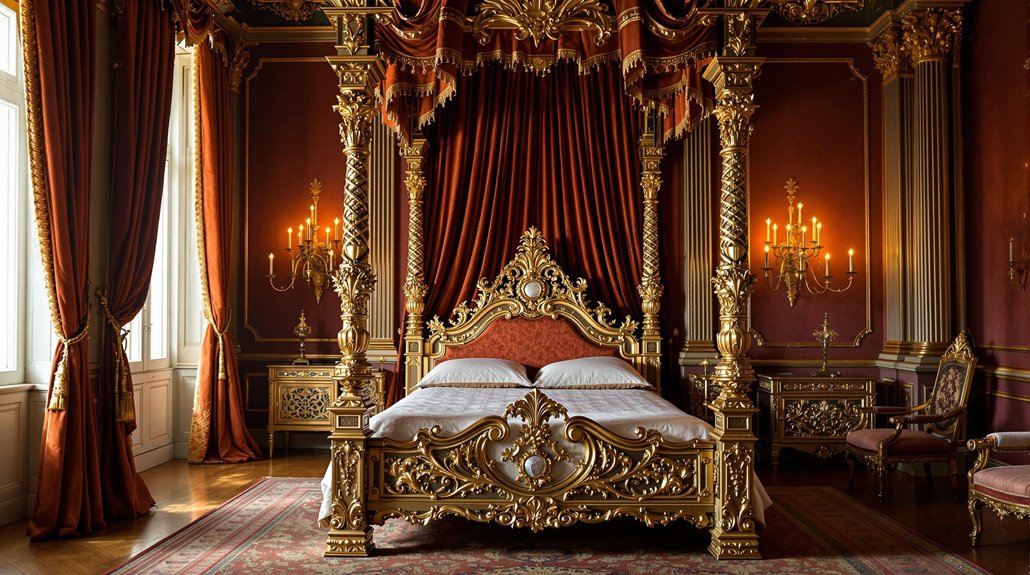
While most monarchs owned multiple beds, King Louis XIV's collection of 413 beds stood as an unrivaled symbol of his extravagant tastes. Of these, 155 were considered especially significant, showcasing the Sun King's obsession with royal comfort and status.
You'll find these opulent pieces featured ornate details like Persian and Chinese fabrics, gold plating, and high pillars crowned with elaborate canopies. His legendary 72-year reign allowed him ample time to amass this extraordinary collection. Despite their grandeur, these beds were filled with straw and leaves instead of modern box springs.
The king's bed rituals transformed these furnishings into theatrical stages for daily court life. You'd witness ceremonies where courtiers gathered to observe the monarch's waking and retiring moments, with his bedchamber serving as a reception area complete with railings to separate visitors.
In 1701, Louis XIV even relocated his bed to a massive 90-square-meter chamber, cementing the royal bed's role as the palace's ceremonial centerpiece.
Luxury and Status: The Symbolism of Royal Bedchambers
Although beds served practical purposes for sleeping, royal bedchambers transformed into powerful symbols of monarchical authority and privilege.
You'd find these chambers designed to showcase the monarch's status, with beds elevated high above the ground and adorned with elaborate canopies and precious fabrics. Court etiquette was so strict that bed sharing was considered inappropriate, requiring numerous guest rooms. The bed chamber itself became a theatrical stage where important ceremonies unfolded. This tradition was especially notable under Louis XIV at Versailles, where he formalized the elaborate court rituals.
Royal privilege was measured by your access to these sacred spaces. If you were a favored courtier, you might witness the king's daily rituals of waking and sleeping, known as the 'lever' and 'coucher.'
The state beds, though rarely used for actual sleep, represented such extravagance that Queen Charlotte's bed alone cost as much as ten London townhouses.
Even life's most private moments, from childbirth to death, became public spectacles in these grand chambers.
Inside the Royal Bedroom: A Center of Power
Because Louis XIV transformed the royal bedchamber into his seat of power, you'd find this 90-square-meter room buzzing with activity throughout the day.
Beyond its east-facing windows and behind a gilded railing, the king conducted state business, received ambassadors, and even dined during his petits couverts, all from the comfort of his bed.
You'd witness elaborate public ceremonies like the lever du roi and coucher du roi, where courtiers gathered to watch the king's morning rising and evening retiring rituals. A place in these ceremonies was highly sought after, as invitations sparked fierce rivalry among members of the royal court. By the late 1690s, these morning ceremonies had become so popular that forty courtiers would attend the lever.
The room's strategic location, connecting to the Hall of Mirrors through three sealed doors, reinforced its significance.
Above the bed, an allegory depicted "France watching over the King's sleep," symbolizing how even the monarch's rest became a theatrical display of royal power.
The Opulent Design and Craftsmanship
A masterpiece of French artistry adorned each of Louis XIV's royal beds, showcasing the finest materials and craftsmanship of the era.
You'd find exquisite gold-woven fabrics draping the beds, while master cabinetmaker Pierre Golle's tortoiseshell veneers and exotic wood marquetry created stunning visual displays.
The ornate craftsmanship extended to every detail, from gilded bronze shells to hand-carved walnut frames with graceful cabriole legs. André-Charles Boulle's innovative use of mother-of-pearl inlays elevated these royal furnishings to new heights of luxury.
These luxurious materials weren't just for show – they carried deep symbolic meaning.
You'll notice sunburst motifs representing the Sun King himself, alongside classical elements like acanthus leaves and fleur-de-lis asserting royal authority.
This distinctive style set standards for French luxury that would influence furniture design for centuries, with modern craftsmen still reproducing these magnificent pieces for upscale interiors today.
From Sleep to State Affairs: The Bed's Multiple Roles
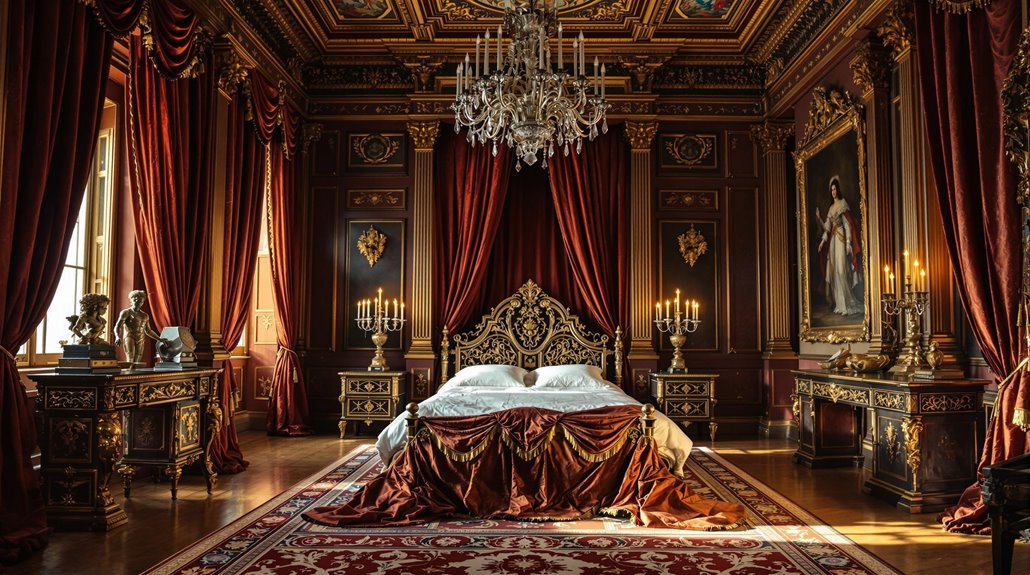
The grandeur of Louis XIV's beds extended far beyond their artistic splendor – these magnificent pieces served as stages for royal power and politics.
You'd find the king conducting state affairs while lounging on his gilded linens, transforming bedroom rituals into displays of political symbolism. The royal bedroom wasn't just for sleeping; it was a public space where courtiers gathered to witness the monarch's daily routines. During significant ceremonies, courtiers would treat these beds as sacred spaces, making sure to salute the royal beds like altars.
- Dignitaries and guests were received in the bedroom, separated by a special railing
- Important political decisions were made with the bed as a backdrop
- Multiple beds were needed across palaces for royal travel
- Courtiers considered it an honor to watch the king's morning and evening routines
- Official business meetings regularly took place in these elaborate bedroom settings
Legacy of the 413 Royal Beds in French History
Majestic symbols of royal excess, Louis XIV's collection of 413 beds left an indelible mark on French history and culture.
Like Pablo Casals' revival of classical masterpieces, these beds have been carefully preserved and restored to their former glory.
You'll find their cultural significance reflected in museums and palaces across France, where these masterpieces continue to captivate visitors and scholars alike.
The Hall of Mirrors completed in 1678 at Versailles would become just as iconic as the royal beds, both symbolizing the King's absolute power.
The historical preservation of these beds, particularly the 155 most prestigious ones, offers you a glimpse into France's golden age of craftsmanship.
They've inspired generations of artisans and shaped European furniture design for centuries.

